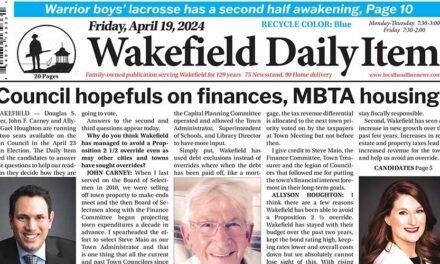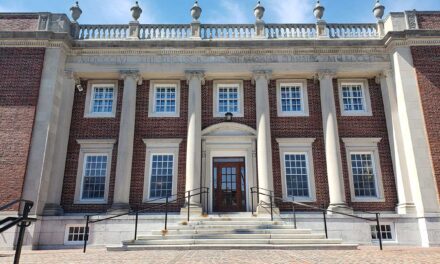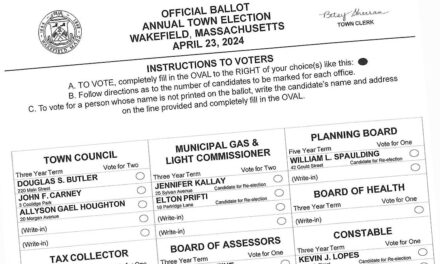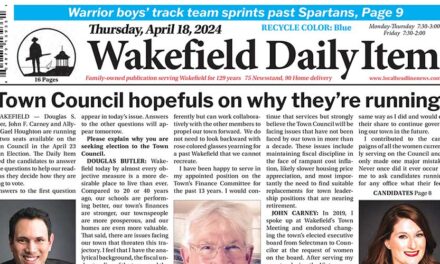Published in the April 18, 2019 edition.
By MARK SARDELLA
First, they came for your plastic bags. Now, they’re back for your property rights.
Article 26 on the April 29 Annual Town Meeting warrant proposes a new bylaw that would pertain to vacant storefronts. Under the proposed bylaw, property owners of first-floor storefronts that are vacant for more than 90 days would have to register with the Building Department. The property owner would then have four choices: 1) Fill the vacancy; 2) allow public art to be displayed in the space; 3) pay a $100 quarterly fee to the town; or 4) request a waiver from the Town Council.
Having injected itself into the retail marketplace with the plastic bag ban, town government has now set its sights on the commercial real estate market.
Like the plastic bag ban, this new measure has a “feel-good” component — unless you happen to be a commercial landlord being told what to do with a property that you own and pay taxes on. Then, not so much.
But other people swoon over the prospect of installing something called “public art” on someone else’s property.
What exactly is “public art?”
Americans for the Arts, the nation’s leading nonprofit organization for advancing the arts (with offices in New York City and Washington, D.C.), defines public art as “art in public spaces.”
Call me old-fashioned, but I don’t usually think of someone else’s private property as “public space.” But we’re living in a new world, where “profit” and “private property” are bad words and some feel entitled to what others have earned. What’s mine is mine and what’s yours is mine.
For its own purposes, the proposed bylaw redefines public art as, “Works of art for public benefit and viewing, approved by the Wakefield Cultural Council.”
If a commercial landlord doesn’t want to hand his property over for use as a “public art” gallery, he can pay the town $400 a year – on top of what he’s already paying in property taxes.
Four hundred bucks doesn’t seem like a lot of money. In that case, what’s the point? If a landlord is unable or unwilling to rent his property, is a quarterly fee of $100 likely to spur him to action? I rather doubt it. Often, a retail vacancy is due to circumstances beyond the landlord’s control. So along comes this bylaw to wrest even more control from property owners.
Despite the fevered imaginations of those on social media, Wakefield has very few empty storefronts. There’s only one vacancy on Main Street between the Rockery and Water Street, which most people think of as the downtown proper.
To the general public, the idea of dressing up all these phantom vacant storefronts with “public art” might sound like a swell idea. But self-evidently good ideas generally don’t have to be forced on people.
If Article 26 passes, it will be a classic example of what Founding Father James Madison called the “tyranny of the majority.” Commercial landlords are a tiny minority so we can run roughshod over their rights.
There is already a penalty for a vacant storefront: property owners pay taxes on the space while not collecting rental income. The $400 annual fee would simply be adding insult to injury.
If the town thinks commercial landlords are uncooperative now, wait until they have to start paying a vacancy tax.





